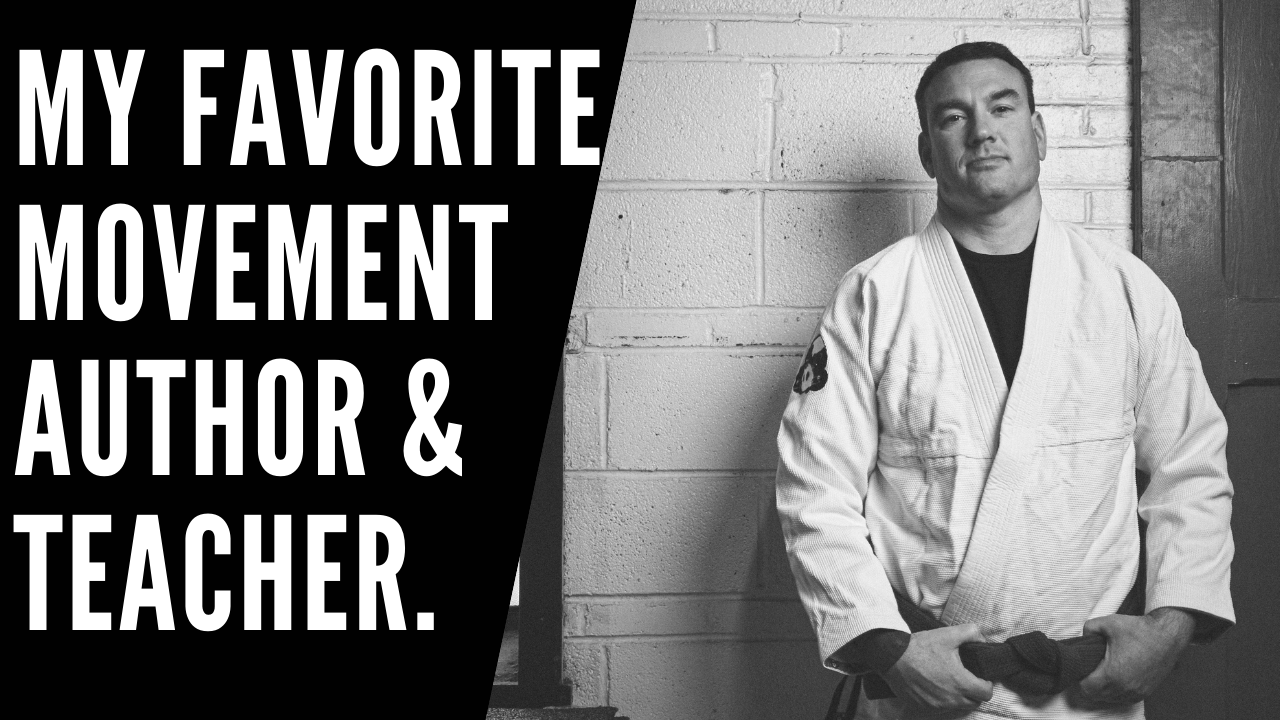Yes, it is 1008 pounds. I fully understand the awesomeness of that feat and I can appreciate his efforts in pushing human strength limits to new heights but at what cost?
That’s all I’m asking. At what cost?
He may be an awesome person. All the powerlifters I know personally are awesome people and this is not a critique of those individuals.
And I may be pointing out the obvious but have you even seen a powerlifter walk? How about run? How about throw a baseball or a punch? Right. Looks kind of silly. Labored. Difficult.
They are adapted. Turtles. One trick ponies. Of course not all are. I’m sure there are some powerlifters that possess more skills than deadlifting, squatting and benching. I’ve seen some jump fairly well.
And powerlifters are not the only tribe. Bodybuilders are pretty adapted and stuck as well.
When I was in high school almost all of the training information you could get your hands on was in the form of bodybuilding magazines. In one issue there was a challenge between Gary Strydom and Samir Bannout. Who could run a 40 yard dash faster?
Guess what happened during the actual race?
They both cramped up and neither could complete the 40 yards. All those years of training. All those muscles. Such nice abs and low body-fat and they couldn’t run 40 yards. You can check out both bodybuilders here.
Long distance runners are another tribe. I trained one women, a long distance runner, who could not perform one (1) lunge or bodyweight squat with good form.
Once when discussing wrestlers and conditioning with my boy Zach Even-Esh he told me a story about Russian wrestlers being half gymnast and half Olympic Weightlifter and I thought that was a pretty great combination to create an ultimate, well-adapted athlete.
Part wrestler, part gymnast and part o-lifter. Nice.
If you want to be adaptable vs. adapted. If you want to learn new skills easily and enjoy physical freedom here are some tips that you might be useful.
Nothing Trains the Body Better Than the Body:
Get a good grip on your own bodyweight before moving onto the super heavy weights. Gymnastics, martial arts, Dance, Acrobatics, free-running, Parkour, try them all out. Experiment.
I’m convinced that the combination of grappling, gymnastics and dance will create super-fitness and movement skills and I will work diligently to create a world-wide tribe of Physical Creatives that teach and spread such wonderful practices.
Hang Out with Awesome Training Partners:
Training partners are super valuable. I love the term cooperative-challenge. Push one another. Make one another work. Make one another smile and succeed.
Currently there are some pull-up challenges going on in our club using some odd pull-up tools. The first day we tried out the new tools, the max number of pull-ups was 3. One week later it was 18. 18!!!!!
That came about from athletes pushing one another and having a good time teasing each other while fully supporting the progress of each athlete.
Don’t Specialize too Early:
Don’t be the kid that only plays Baseball or football. Swim. Skate. Bike, Run. Sprint. Mix it all up. There’s a common term in strength and conditioning circles, GPP, General Physical Preparation. And as Pavel Tsatouline points out in his book Easy Strength, the emphasis is on preparation, GPP is a process.
Become a generalist. Be well-rounded. You’ll know if you possess super-abilities. A coach will point it out somewhere along the way. When that happens you look into specialization but don’t rush it.
Finally. Eat a ton of Brocolli.
I made that up but I’m sure it will help.







